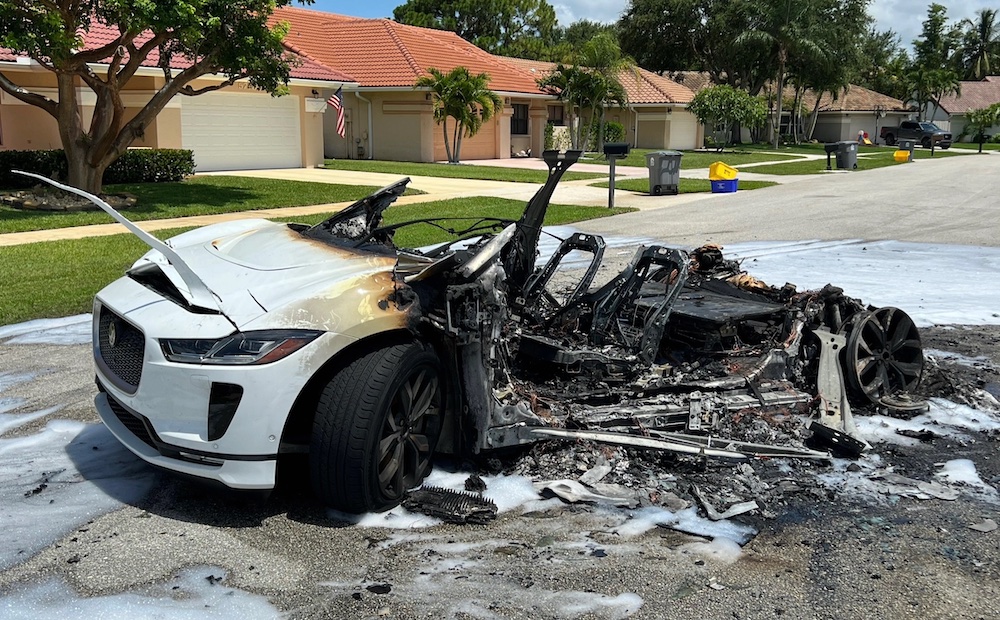let them burn out... doesn't the ford lightning have a +150kwh battery. yet i can park that in my garage and charge it... also can use it vehicle to grid for up to 30 days....
if this is a real threat, then we need to regulating vehicles and where they can be parked. does it scare you to have 300 ford lightnings parked in the garage below your residences (large condo/appartment building)...
Big picture: ESS / EV fires are rare. However, as neither ESS nor EVs are particularly common, I would argue that it is not yet determined if the risk is high medium or low. It is the old math question of what is zero divided by zero.
To me, the fire issue isn't so much the energy stored in the battery, it is everything else. These are hot, difficult to extinguish fires, which to me raise the issue of ok, what happens while they burn? How do you get humans to safety sufficiently quickly and how do you minimize the peripheral damage? I'm not a fire fighter and I don't play one on TV, but the difficulties of EV fires and ESS fires seem to be much more like industrial chemical fires or aircraft fires in terms of degree of difficulty, as well as the staggeringly large amounts of water or foam required to limit the spread of the fire. There are a fair number of fire videos out there, either for UL testing, or fire fighting training, and these fires don't behave like typical home or vehicle fires.
i.e. your EV catches fire in the garage where it was charging and is a total loss in thirty seconds, then what? Walk away from the house while that burns down to the foundation? How long until the fire department arrives and gets water onto the EV fire and house? How much water is really available to keep things cool? I know of a fire chief trying to change fire fighting tactics to using liquid carbon dioxide. As I understand his argument, once you know the home is evacuated, CO2 is much faster to achieve fire suppression and cool down, with less damage. I am not saying that I think he will prevail, but it is indicative of an out of the box attempt to solve some of the issues.
Lots of learning and discovery is going on.
Personally, I am coming around to the view that outdoor EV charging has some distinct positives, and I can see the advantages of having the batteries attached to something other than the house.
All the best,
BG




